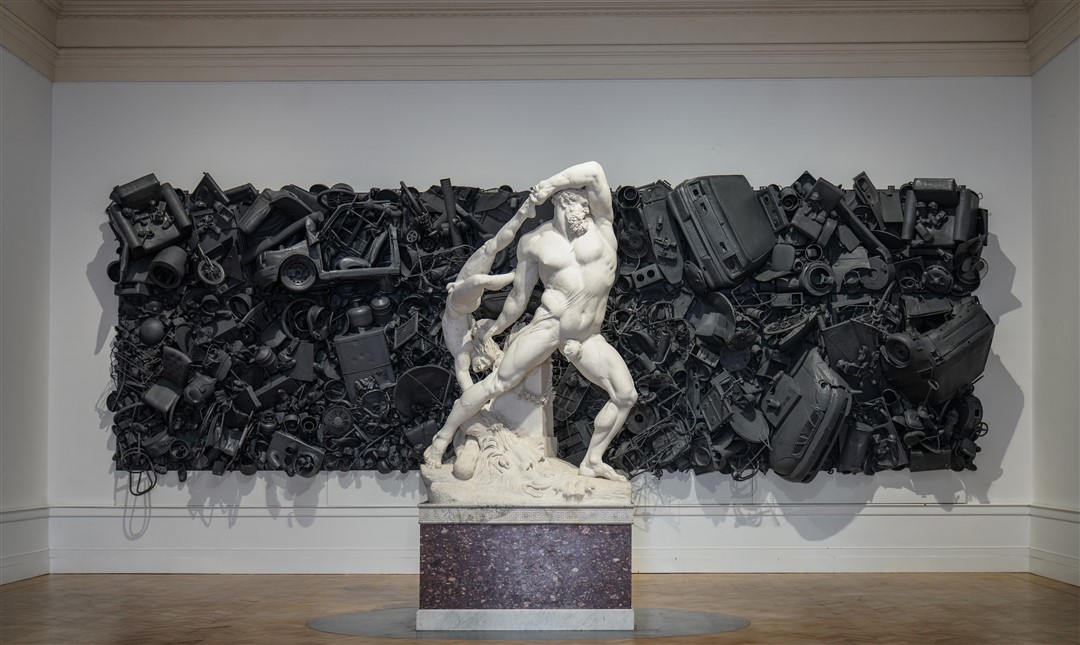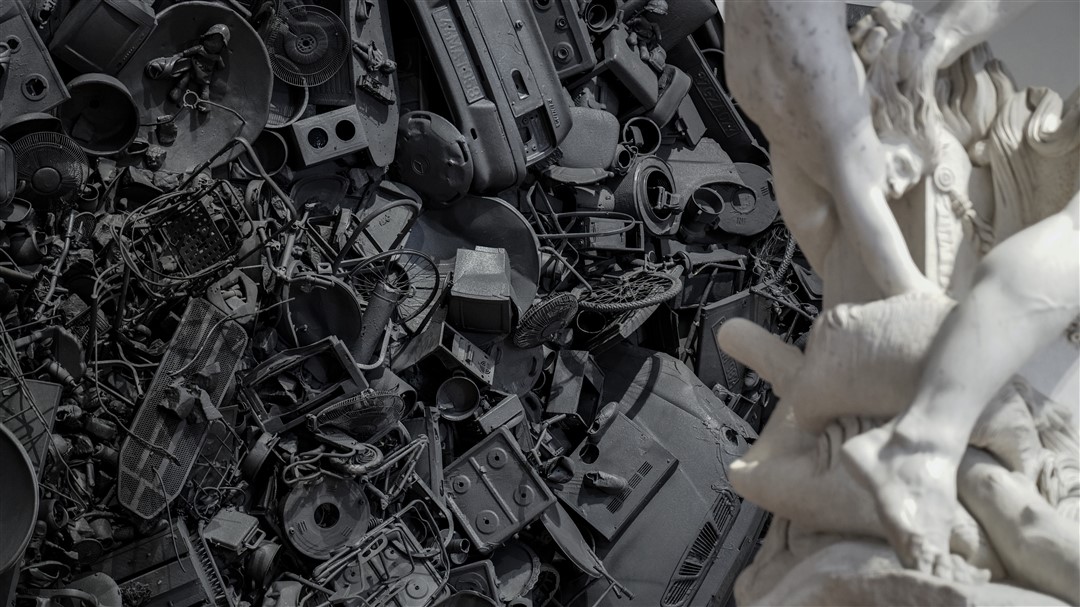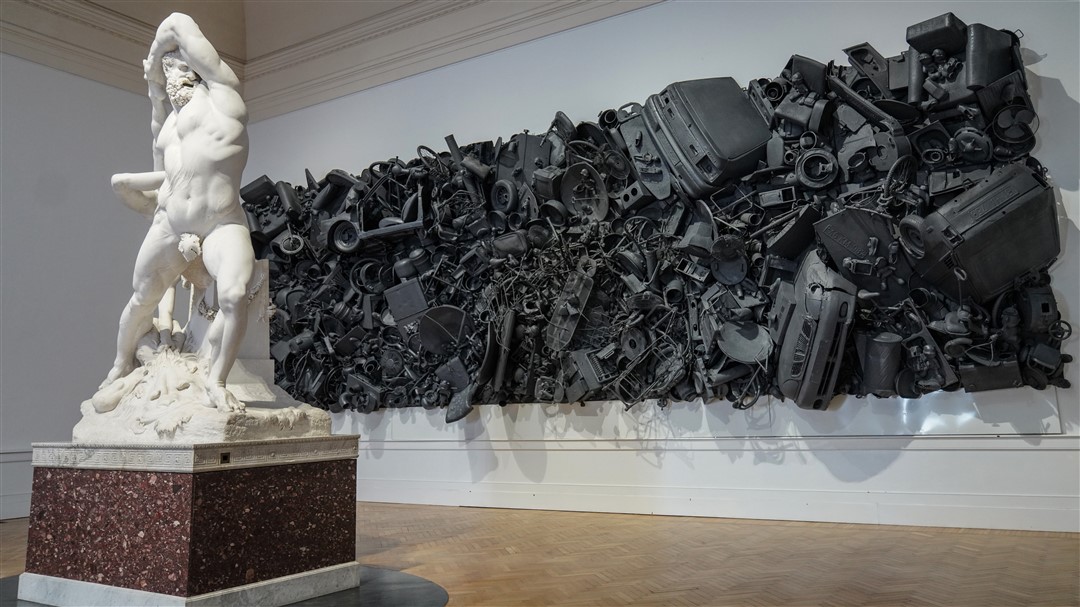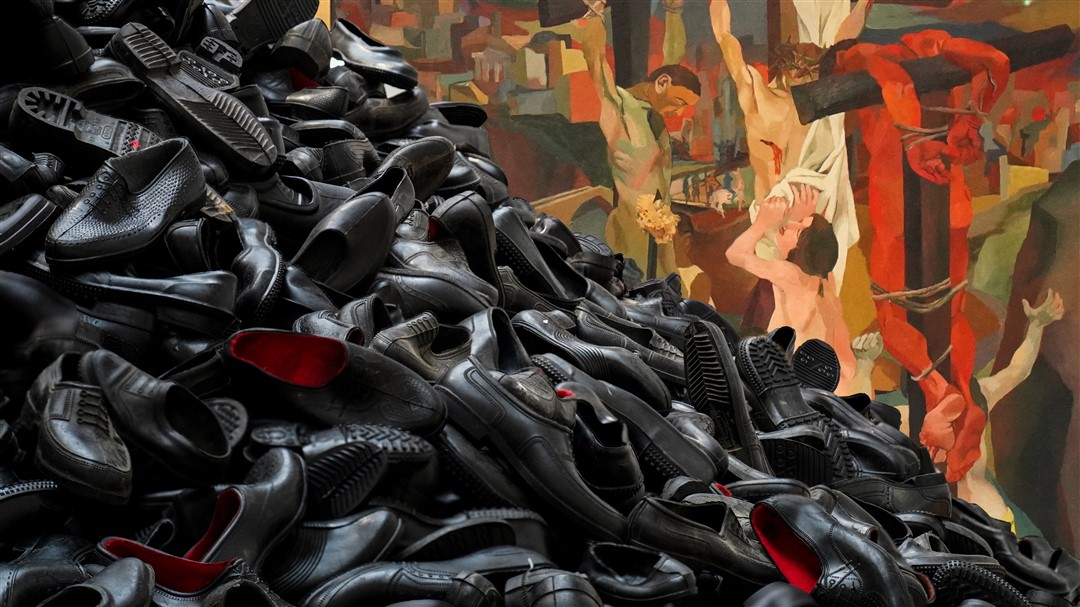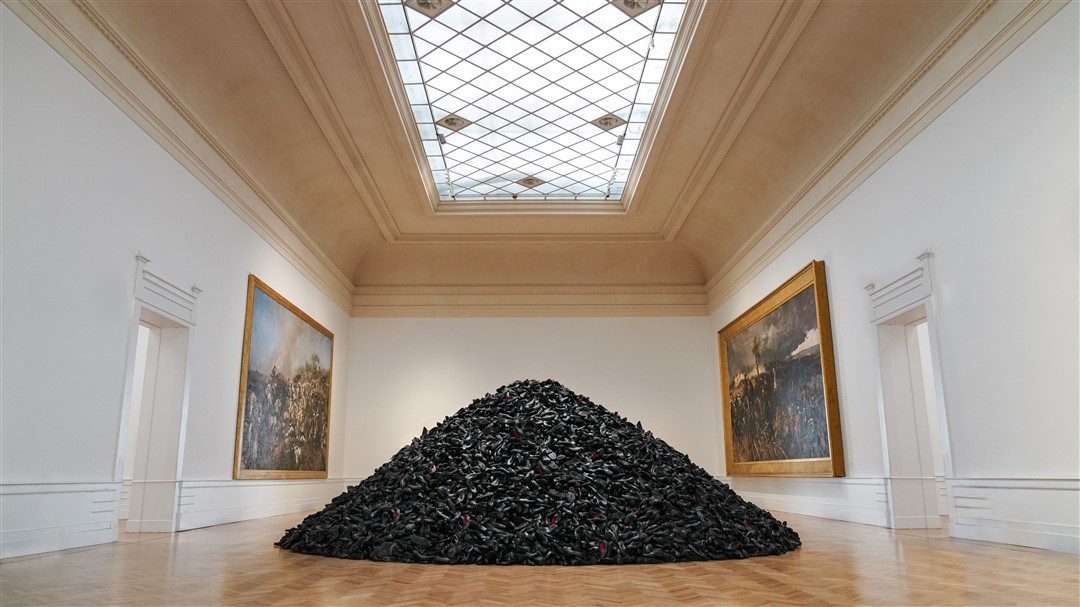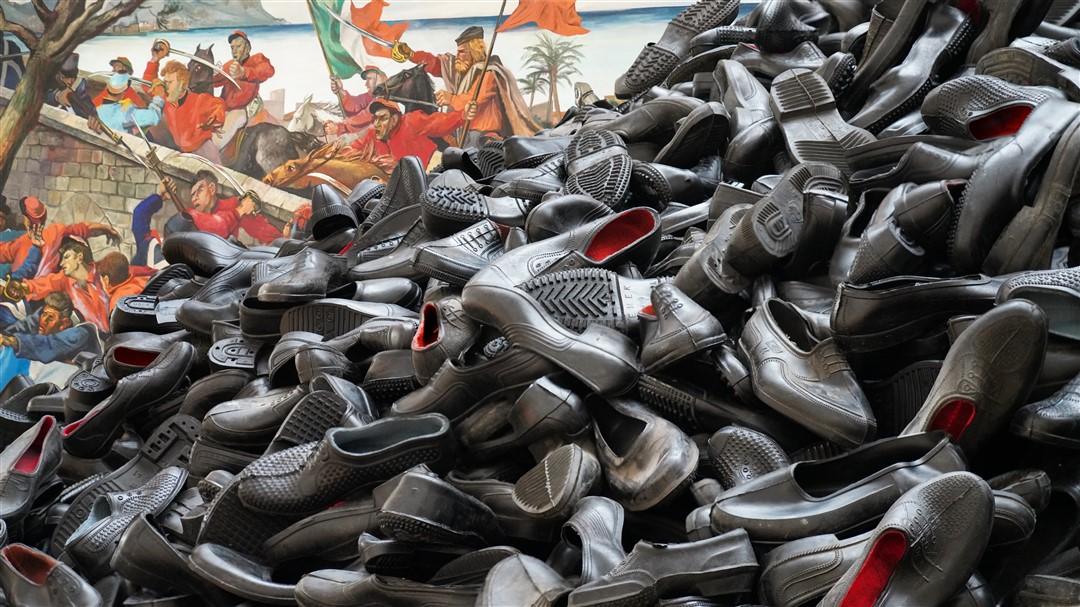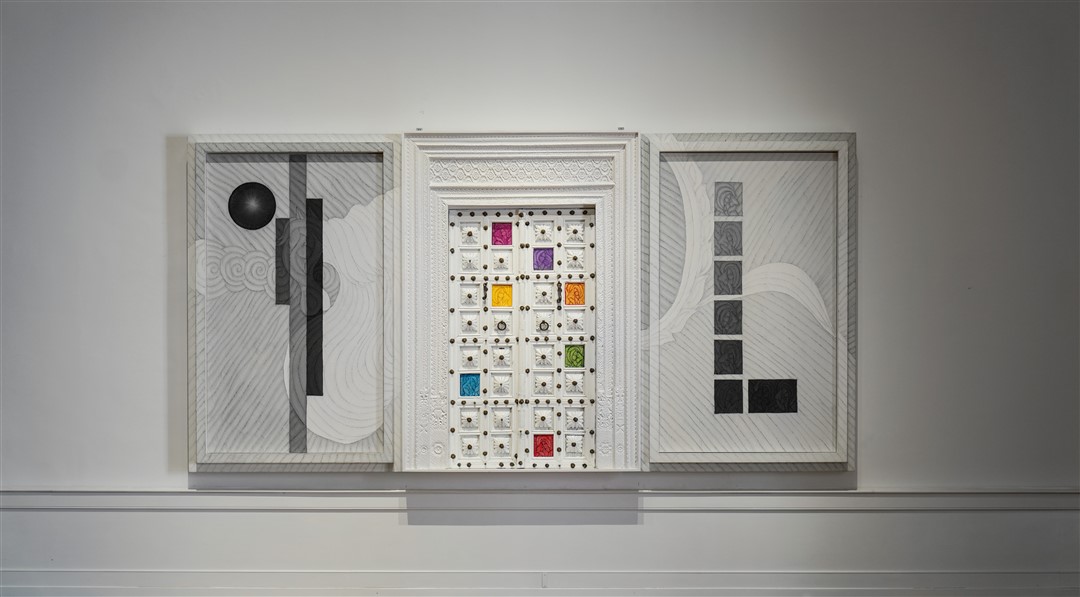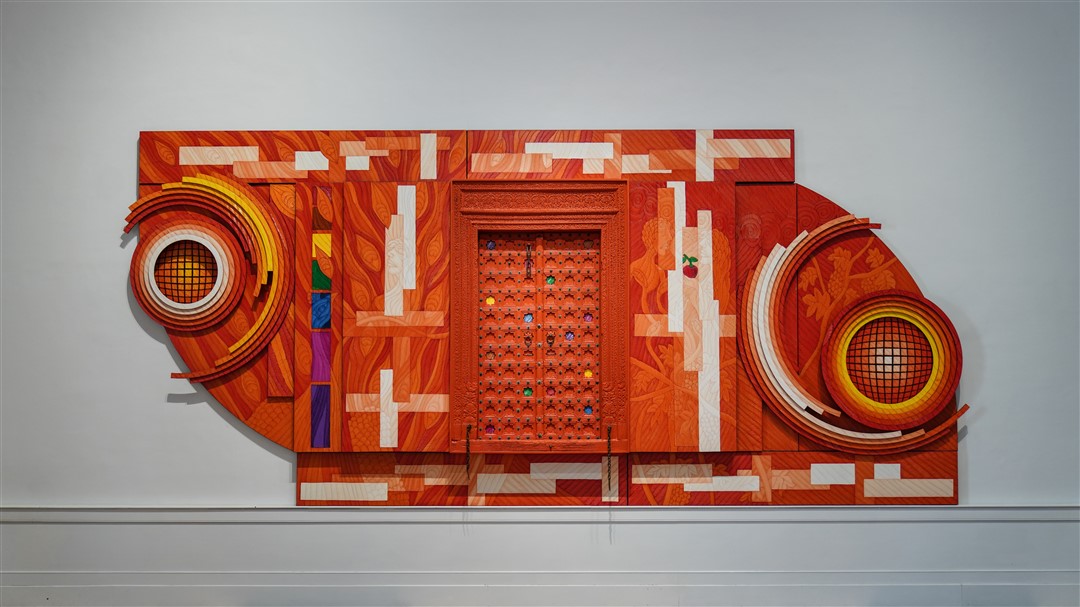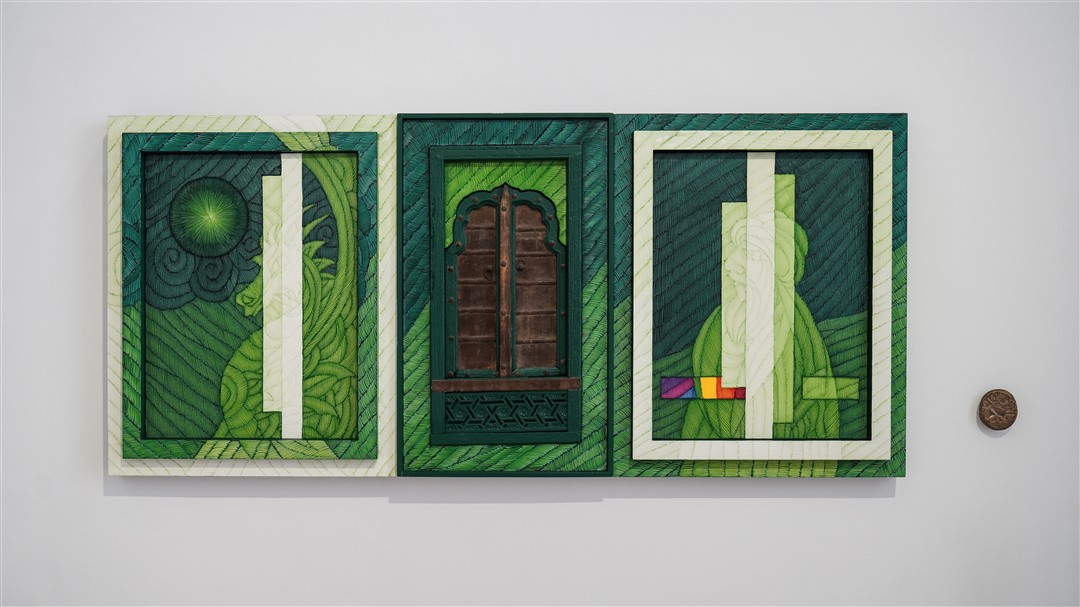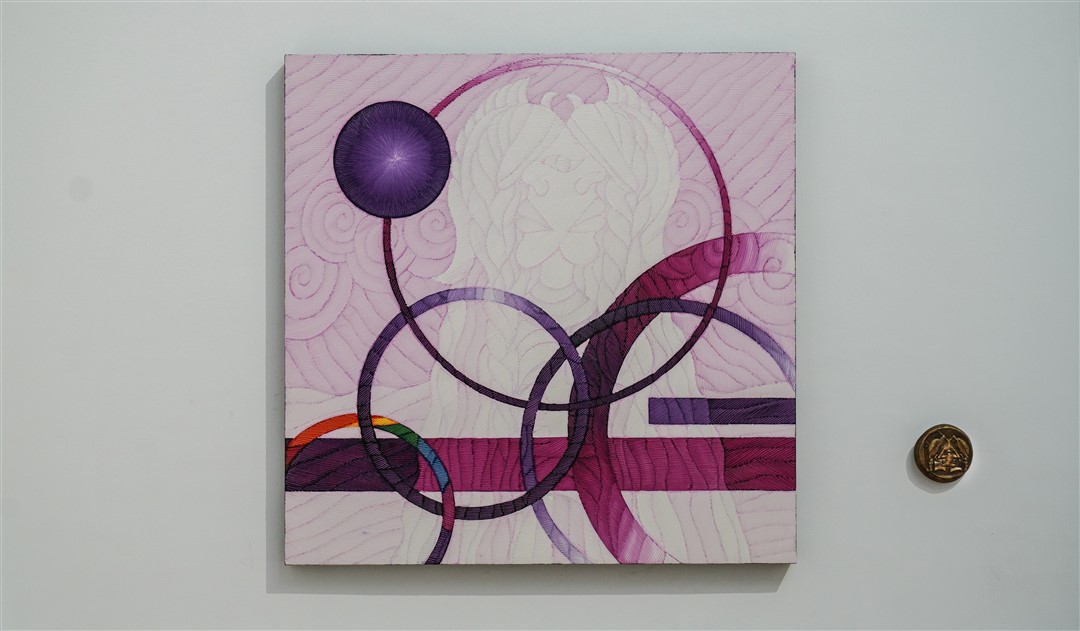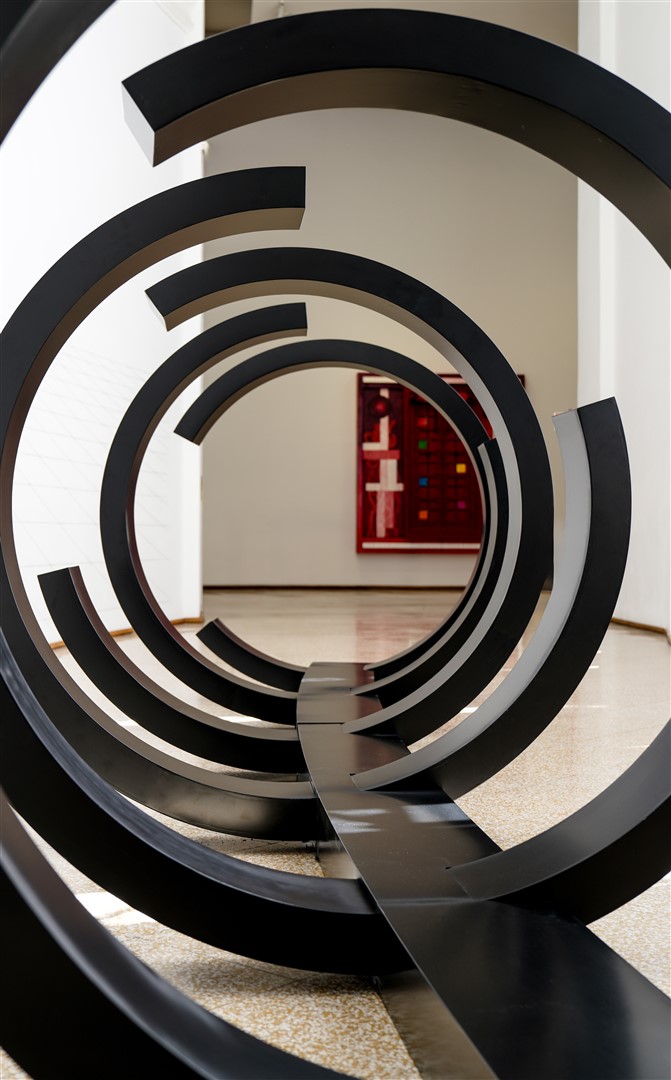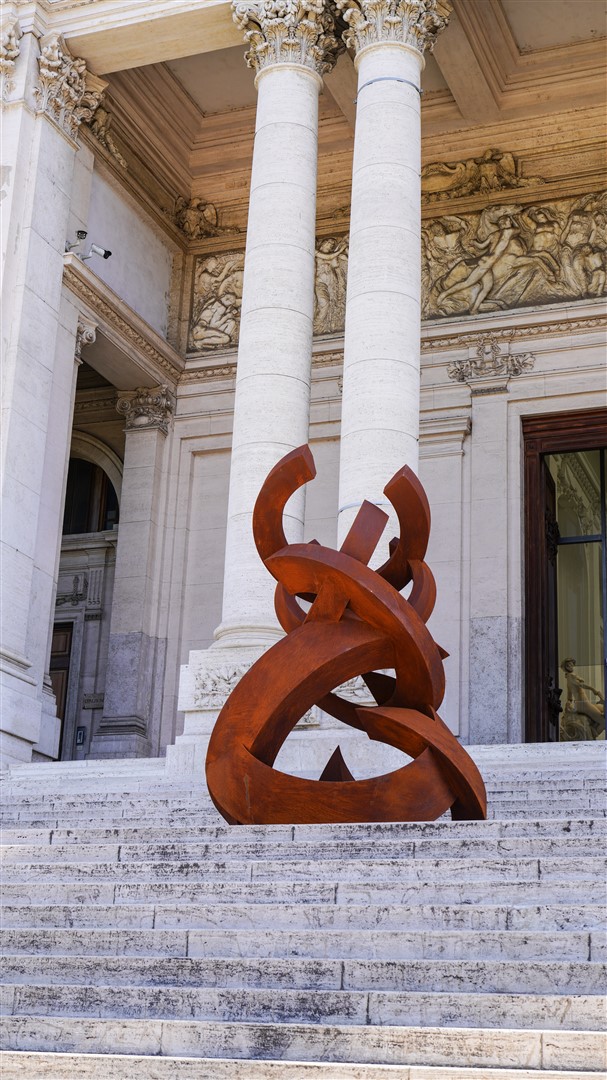1 July 2025 – 28 September 2025
Never There
National Gallery of Modern and Contemporary Art, Rome
Curated by Sergio Risaliti and Paola Marino
Never There
2017
Mixed Media
450 x 1200 x 150 cm
Reminiscence Bump
2019
Installation
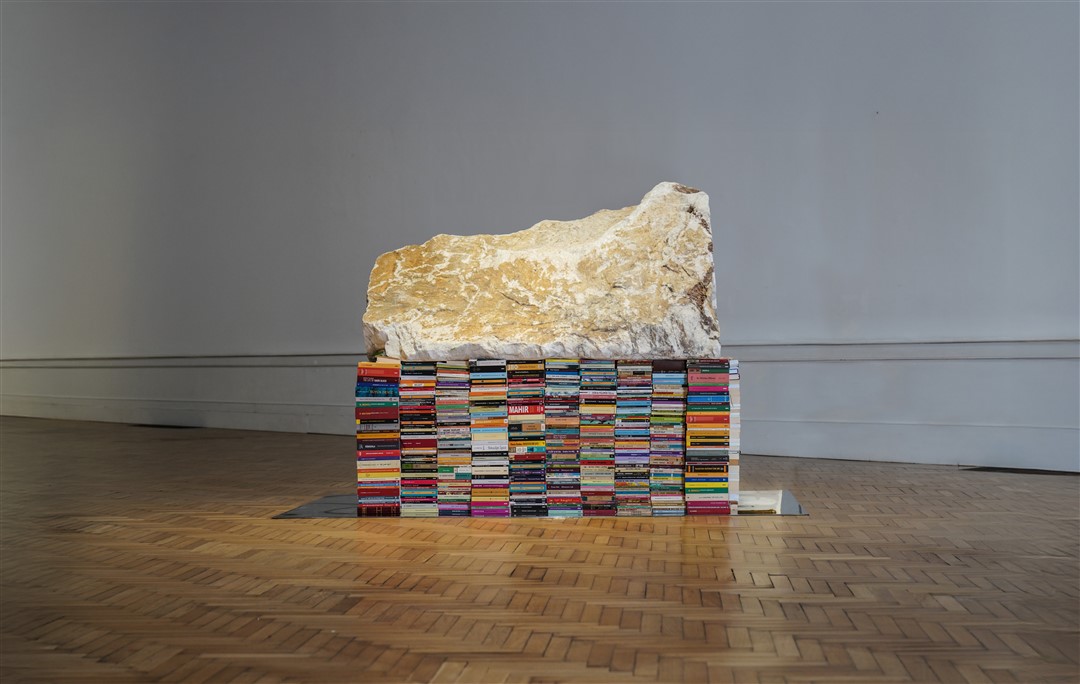
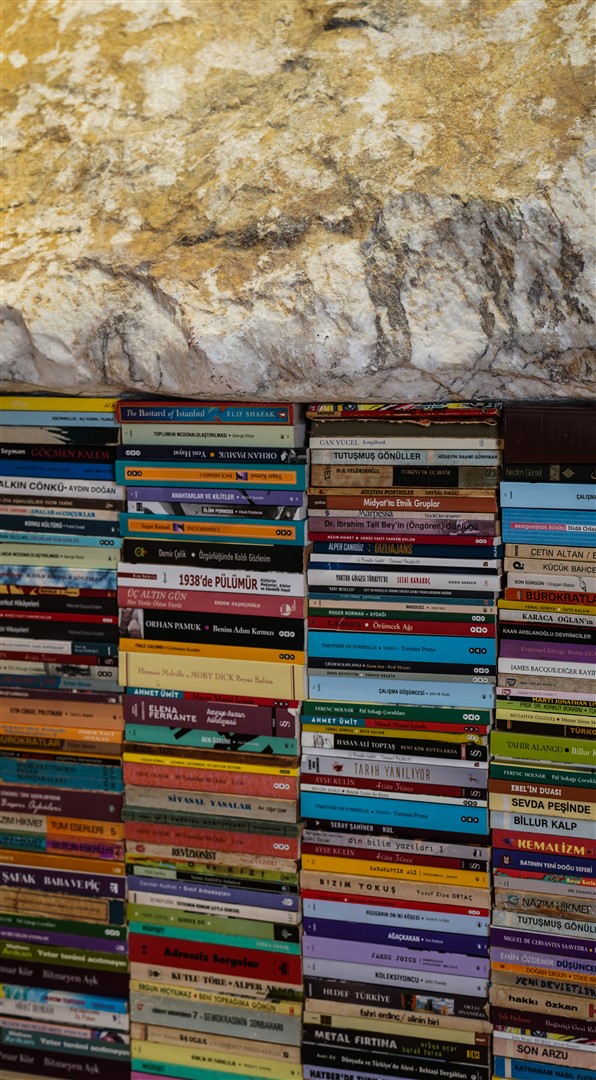
Sarcophaguses of Alphabet
2024
Installation
190 x 230 x 130 cm
Aiming to form a space for thought around Güneştekin’s works related to narrating history and historiography, Never There brings together major and minor histories and current issues to contribute to broader discussions about collective memory. The artist’s interdisciplinary works that aim to reckon with the past; his sculptures, installations, and dimensional works are displayed in harmony with the heart and traditions of the museum’s collection, consisting of masterpieces that thrived under the influence of historicism.
Among the works shown in the exhibition Never There are Güneştekin’s installations, which he turned into an archive of objects as a historiographical practice; his works in which he transforms memories beyond being carriers of personal traces into dynamic pieces of memory open to interpretation and emotional reviving through his use of the materials; his dimensional pieces that turn into subjective encounters through fictional narratives and mythological configurations; his works, which resemble portable temples in the form of mounds, in which he works archival elements with stone formations by superimposing the materials; his pieces in which he works around the metallic presence of the sun with the mythological feeling he infuses into the sculptural field; and taking ancient coins as a reference, the works in which he combines canvas works with bronze patterns and questions the way fiction relates to reality.
How can one reinterpret and retell history? How can a present and a future disrupted by the past be written? How can we talk about the subject without having to overthrow the subject? By tracing these questions, Güneştekin responds to the pressure of the powers that have constantly damaged historical, personal, and social memory since the beginning of time through his works that aim to prevent silencing and erasure. He offers to look from a different perspective using the materials overlooked by traditional understandings of history. In his personal, mythological, and fictional archive, Güneştekin traces the voices and gazes that cannot be found in the materials that belong to the memory space of the powerful. His works remind us that archive practice is a subjective project and that violence is constantly and repeatedly reproduced in different ways in the world, focusing on the possibility of authentic encounters. Through the curatorial parallelisms weaved between classic and contemporary art, Never There accentuates the artist’s careful view of these encounters and the subjects and objects of the past.
The installation, which gave its name to the exhibition Never There, is displayed in the large neoclassical hall with Antonio Canova’s Hercules and Lichas, suggesting the symbiosis of various fields. The objects embedded in the walls are traces of penultimate lives in the curation, which suggests a parallel image to Canova’s classical sculpture of Hercules, depicting the tragic final act of the hero’s life with an expression of pain, anger, and suffering on his face. In Güneştekin’s work, a rather counter archive, the organization of objects is a response to the words “we came, you weren’t there” directed to the subject. The installation strengthens with the physical tension of the marble pieces with which it is exhibited, creating a dramatic relationship with the influential presence of the remains of violence. Masterfully sculpted by Canova, the pure white of the marble creates contrast with the monochrome black of Güneştekin’s installation. This contrast created by non-color colors once again reveals the symbiotic relationship. This encounter of classic and contemporary artworks builds the material of a universal archive about the nature and continuity of violence that pervades the world.
Those shoved outside the memory space of the powerful, who are left in vague, obscure places, take their strength from the truth to write their histories, create their archives, and tell their stories. With the extreme bond he forms with objects, the artist explores ways to recreate the feelings and sounds that are impossible to archive. In the relationship he forms with the subjects of the past he’s touched, how he relates to the truth is shaped by his sense of responsibility towards the narrator. Güneştekin’s installations deepen into the knowledge of everyday life as a stretching and expanding archive and space of memory. Once again, by bringing together the past and the present, he tends to create a place from which he can evoke life.
What kind of relationship and re-reading does Güneştekin’s Reminiscence Bump installation of rubber shoes suggest, placed opposite Renato Guttuso’s dramatic work depicting the crucifixion of Jesus with a modern interpretation in the war hall of the museum where classical paintings of war scenes from different historical periods are exhibited? Describing his work of half a century ago as a tragedy of today, Guttuso’s figures are subjects who were put through violence. Another memory space, Güneştekin’s installation of an object expressing absence to him, expands including other subjects in the re-reading: Yazîdîs exiled from Shengal, mine workers killed under the rubble in Soma, Hrant Dink murdered in front of the Agos Gazette building, Roboski children and teenagers, whose dead bodies wrapped in blankets, carried on mules with their feet hanging, and dismembered human bodies, impossible to understand which part belongs to whom… Being from different historical periods, the two works resonate by sharing a common exhibition space, focusing on testimony as the narrative of times of conflict and war and turning subjects into visible and permanent images. It proposes a dual dialogue experience not only between classical and contemporary works but also between the artworks and their audience.
Güneştekin’s two works in the exhibition; Sarcophaguses of Alphabet and Seven-Eyed Sun 2G were included in the permanent collection of the National Gallery of Modern and Contemporary Art in Rome. Never There is held under the main sponsorship of Yıldız Holding. Arkas Logistics provides the logistical support for the exhibition production.


